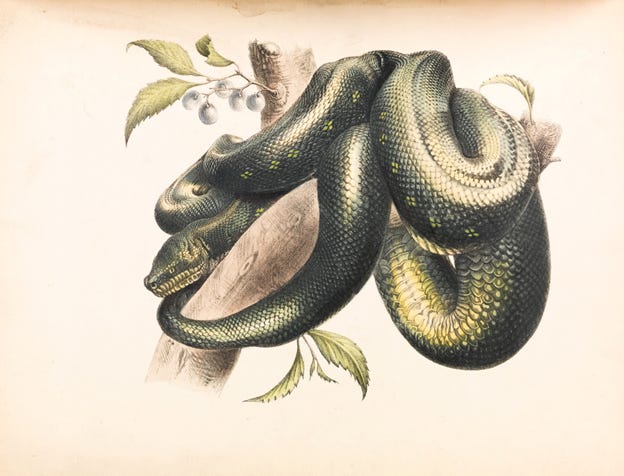Everyone knows that Rosalind Franklin’s famous Photograph No. 51 was instrumental to James Watson’s eureka moment that led him to finally figuring out the double helix structure of DNA. But there is so much more to the story. And by more, I mean more conflict and more important data.
Howard Markel’s, The Secret of Life: Rosalind Franklin, James Watson, Francis Crick, and the Discovery of DNA's Double Helix, is a phenomenal book that draws on a labyrinth of memoirs, letters, and archives to tell what I think is a very even-handed story of the discovery of DNA in the early 1950s. The famous cast of characters are there – James Watson, Francis Crick, Rosalind Franklin, and Maurice Wilkins – but many less famous figures played an important role in the final race toward the finish line.
Watson and Crick are famously credited with identifying the structure of DNA in the publication of their 1953 paper in Nature. As the story goes, Watson stole Franklin’s data – and specifically her expertly captured x-ray photograph of the now obvious double helix, Photograph No. 51 – cracked the code, and flew off to Sweden to claim his Nobel Prize.
But there is much more to the story, and much more than Photograph No. 51 gave Watson and Crick the vital information they needed to make several inductive leaps to solve the structure of DNA.
In addition to the photograph, Watson and Crick were given a copy of a Kings College internal report (where Franklin worked at the time) that included crucial data from Franklin’s experiments. Also during this time, a nearly invisible character in the story, Jerry Donohue, gave a critical, impromptu biochemistry lesson in their Cambridge office that led to Watson figuring out how to match the base pairs in a stable structure. And, finally, Watson was given an advanced copy of Linus Pauling’s 1953 paper that proposed the first (incorrect) triple-helix model of DNA, giving Watson and Crick a six-week of road before Pauling’s model was publicly shown to be wrong.
In short, Watson and Crick got several lucky breaks during the DNA race of the 1950s. And, Rosalind Franklin certainly got her share of unlucky breaks. That said, however, given who knew what and when, in addition to large differences in approaches to solve the problem between Franklin and Watson, I would still put bets on Watson and Crick solving the DNA structure before Franklin would have.
Watson’s book, The Double Helix, is often recommended for those wanting to know the story of one of the greatest biological discoveries of our time. I’ll be honest in that I have not read it, but after reading Markel’s The Secret of Life, I probably won’t. Comparing passages from Watson’s book to the broader collection of information presented here, it’s clear that Watson took many liberties in his recollection of the events. I’d recommend reading The Secret of Life for the discovery story of DNA’s structure as not told by James Watson.
Published: September 2021
Format: Hardcover
If you think this sounds interesting, you may also like:
She Has Her Mothers Laugh: The Powers, Perversions, and Potential of Heredity by Carl Zimmer (2019)
Gene Machine: The Race to Decipher the Secrets of the Ribosome by Venki Ramakrishnan (2018)
The Gene: An Intimate History by Siddhartha Mukherjee (2017)
Please note: this post contains affiliate links, allowing me to earn a small commission when you purchase books from the link provided. There is no cost to you, and this will allow me to keep this newsletter free and open to all. Happy reading!





